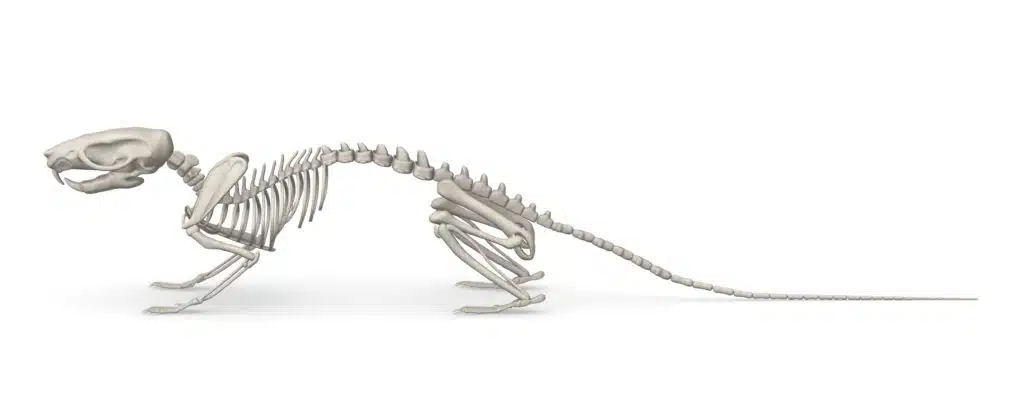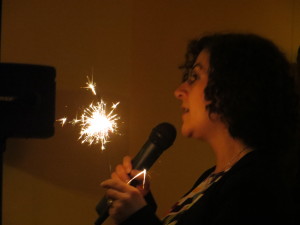Bones, rather than cartilage, may be the silent sufferers in joint injuries of young people – joint injuries that can become painful and stiff in later years.
“I’ve found that micro-trauma – or small injuries caused by sudden impact loads – is located mainly in the bone, not just in the cartilage,” reveals Fatemeh Malekipour, a Research Assistant at the University of Melbourne. “Also, that the bone beneath the cartilage is not as stiff as previously thought.”
While the initial trauma in joints can be healed through surgery or therapies, the bone micro-trauma that happened at the same time as a ligament rupture or meniscus tear does not heal, and may lead to a chronic disease called post traumatic osteoarthritis. The mechanism from the initial injury to the final cartilage wear is not known.
Using basic concepts of mechanical engineering, Fatemeh was able to look at the macro-level disease at a micro-level.
“Initially it’s the bone that is damaged, but ultimately it is the cartilage that wears away,” says Fatemeh. “It means that we need to focus our research on bone more than ever before.”
Fatemeh has developed a mechanical and computer model to simulate the joint, with which she measures information on stress, strain and deformation of cartilage and bone—information that wouldn’t be available through measurements of real joints in the clinic.
“Clinical tools such as MRI and CT scan mainly give a macro or “large” level image of the injured joints, but to understand the mechanism of the disease we need to understand the micro-trauma.”
It’s not just human joints that are affected. Racing Victoria is funding the research to understand the impact mechanics of racehorses’ fetlock joints while galloping. They’re seeking to prevent injuries that can be fatal to the racehorse.
Next, Fatemeh wants to use these results in a model of a whole, damaged joint to understand the mechanism of osteoarthritis.
“It is still unknown how this initial micro-damage at the joints – which seems to be healed – then causes erosion of the joint’s cushioning layer and leads to osteoarthritis,” she says.
Sahar presented her research at Fresh Science Victoria 2015.
Fresh Science is a national program that helps early-career researchers find and share their stories of discovery. Over 30 early-career researchers nominated for Fresh Science Victoria, which was held at Scienceworks (training), Melbourne Museum (schools forum) and the Kelvin Club (public challenge event).
Fresh Science Victoria was supported by Museum Victoria, Bio-Medical Research Victoria and the Office of the Victorian Lead Scientist
Fatemeh Malekipour, University of Melbourne, fmal@unimelb.edu.au






 Fresh Science is on hold for 2022. We will be back in 2023.
Fresh Science is on hold for 2022. We will be back in 2023.